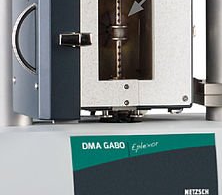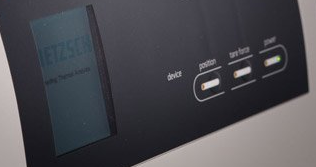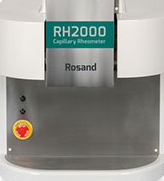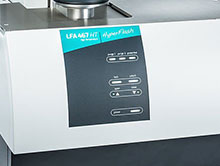The most important role here is played by the material parameter thermal conductivity (amount of heat per second flowing through a material layer of a thickness of 1 meter and an area of 1 m² when the temperature difference amounts to 1 K). The thicker the material layer through which the heat flows, the higher the thermal resistance (R-Value) that the material layer presents to the quantity of heat to be transported. The reciprocal value of the thermal resistance is the thermal transmittance (U-Value), usually specified for structural components.
No matter whether for expanded polystyrene (EPS), extruded polystyrene (XPS), PU rigid foam, mineral wool, bloated perlite or foam glass, cork, fleece or natural fiber materials – no matter whether for building materials containing phase change materials, aerogels, concrete, plaster or polymers – the new HFM 446 Lambda Medium features a new standardized method for the measurement of thermal conductivity which is equally applicable in research and development and in quality assurance.
A temperature gradient is set between two plates through the material to be measured. By means of two highly accurate heat-flow sensors in the plates, the heat flow into the material and out of the material, respectively, is measured. If the state of equilibrium of the system is reached and the heat flow is constant, the thermal conductivity can be calculated with the help of the Fourier equation as long as the measurement area and thickness of the sample are known.



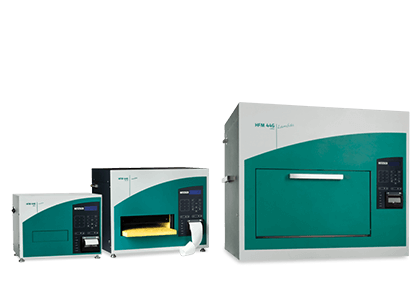
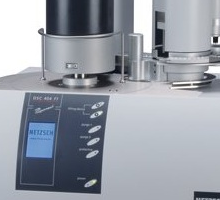
4.png)

